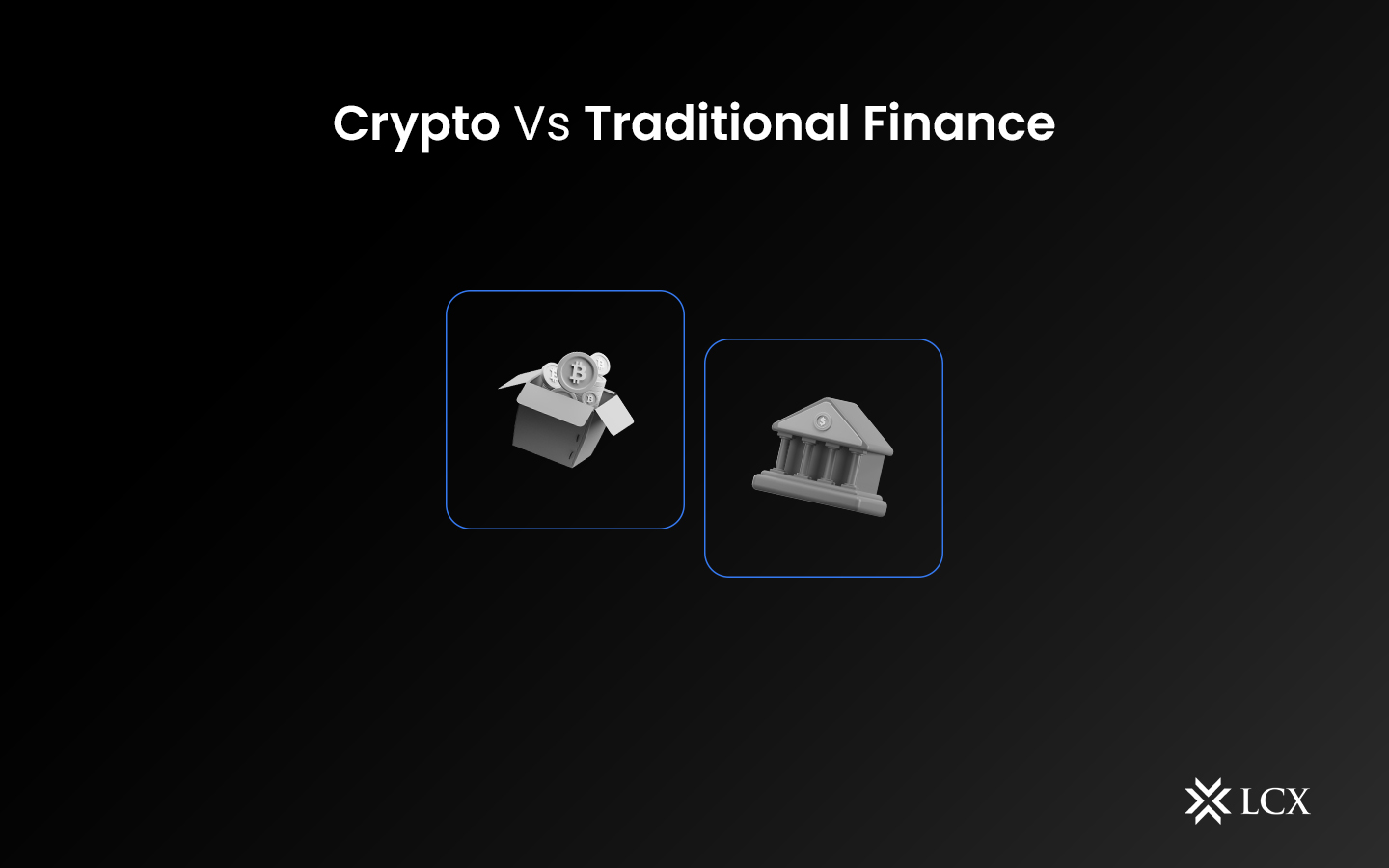When it comes to investing, most people around the world prefer something that will provide them with the highest returns in the shortest amount of time and with the least amount of risk. Despite the availability of traditional investment options such as bonds and stocks, a lot of people are slowly but steadily warming to the concept of cryptocurrencies, a digital type of currency that has the potential to exchange value in the future.
Investors subjected to traditional financial marketplaces may find it difficult to evaluate cryptocurrencies using familiar financial analysis methods. A traditional investor, for example, may examine the basics of a security or stock to determine whether or not to invest.
Fundamental analysis is a technique for determining the worth of a security in order to assess whether it is a good buy in comparison to current market prices. In order to reach a decision, investors will consider factors such as price-to-book (PB), earnings per share (EPS), price-to-earnings (PE), and free cash flow (FCF), among others.
However, there is no method of listening to a quarterly profit invitation for a token because they do not exist. There are no company revenues, profits, or expenses to consider for bitcoin (BTC) – there is no Bitcoin “company” running the show – the decentralized nature of cryptocurrency is an absolutely vital, founding part of the project.
Here are few things that clearly differentiate cryptocurrency from traditional finance
- White papers: Reading the white paper is a good place to start if you wish to comprehend the entire scope of a cryptocurrency. White papers are documents that are specific to a cryptocurrency project. Before the start of a project, the founder(s) of a token or coin publish a white paper. The white paper is a document that describes the project’s purpose, statistics, formulas found in the project’s code, and tokenomics.
Investors will gain a thorough understanding of the developers’ goals and desires after reading the white paper. They will comprehend the market in which the coin competes as well as the project’s future plans. They can then utilize this information to start developing an investment thesis based on the project. Generally, it is a bad sign if you are not able to understand the goal of the project after reading the white paper.
The white paper is also a good place to search for red flags and learn about the founders’ backgrounds. A white paper riddled with spelling mistakes, plagiarized segments, promises of rates of return that sound too good to be true, or founders connected to project failures or rug pulls should scare venture capitalists away from the project.
- Tokenomics: Tokenomics is a popular and crucial method for evaluating cryptocurrency projects. Tokenomics is the incentive and mathematics system that governs a cryptocurrency project. A token with a solid plan as to why individuals will purchase and hold tokens over time will succeed, whereas a proposal with poor tokenomics will fail. Understanding a project’s tokenomics is critical for making sound decisions.
Token distribution is an important aspect of tokenomics; this implies recognizing who retains the tokens and how they have been distributed. Another factor to consider is whether the supply is limited or infinite, as well as how new tokens join the ecosystem.
You have to make sure two things about tokens:
- Is it a deflationary or inflationary token?
- Are the tokens removed from blockchain or burned?
These pointers indicate the long-term viability of the project and expected growth of the cryptocurrency. For example: A highly inflationary token means that its future value can be challenged.
- 24 Hour Markets: Markets have limited operating hours in traditional finance. For example: the stock market in the United States is open Monday through Friday from 9:30 a.m. to 4:00 p.m. ET. On major holidays and weekends, markets are closed. Investors may pay attention to after-hours trading in particularly volatile markets, as well as derivatives that trade beyond the market hours, but nearly all trading activity occurs during the main daytime trading window.
Crypto markets, on the other hand, never close. Investors in the United States should be aware that trading in European and Asian markets can cause the price of crypto assets to fluctuate overnight, and events in other parts of the world can cause a coin’s price to fluctuate at any time of day. As a result, certain macroeconomic events in foreign countries swing the price of crypto in domestic markets. Investors should understand this 24/7 nature of the crypto market and have a plan for their investment ventures as they are considerably different from traditional markets.
- On-chain analysis: One of the most intriguing aspects of cryptocurrency that you won’t find in conventional finance is the accessibility of blockchain data that is available publicly for all to dig into – wallet balances and transactions are visible “on chain” 24 hours a day, seven days a week.
On-chain analytics refers to the process of forming an opinion on market sentiment based on data found on a blockchain ledger. Analysts will examine metrics found on blockchain ledgers, such as transaction data, transaction volume, gas fees , wallet balances, active addresses, and so on, in order to understand market sentiment and whether it’s a good investment or sending sell signals.
Conclusion
Traditional currencies are managed in a centralized hub-and-spoke system, whereas many cryptocurrencies operate in a decentralized structure with no intermediaries. While cryptocurrency and fiat currency are diametrically opposed in many ways, both can exist in digital form. Although crypto lacks a few areas such as price stability and backing, one thing is for sure that the future of dominance of digital currencies is near.









